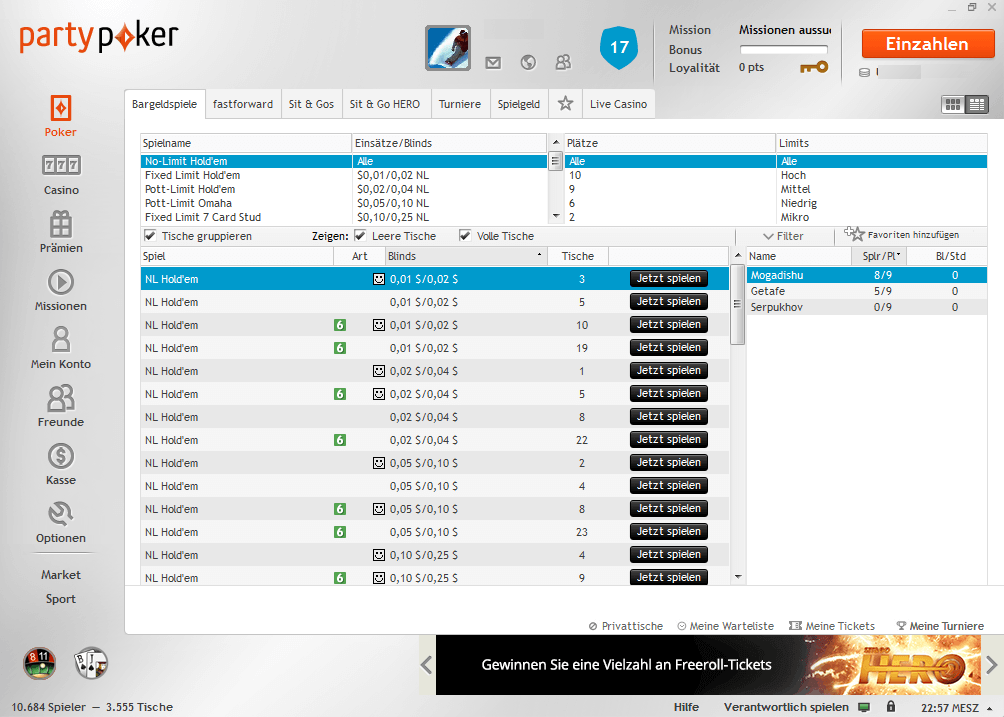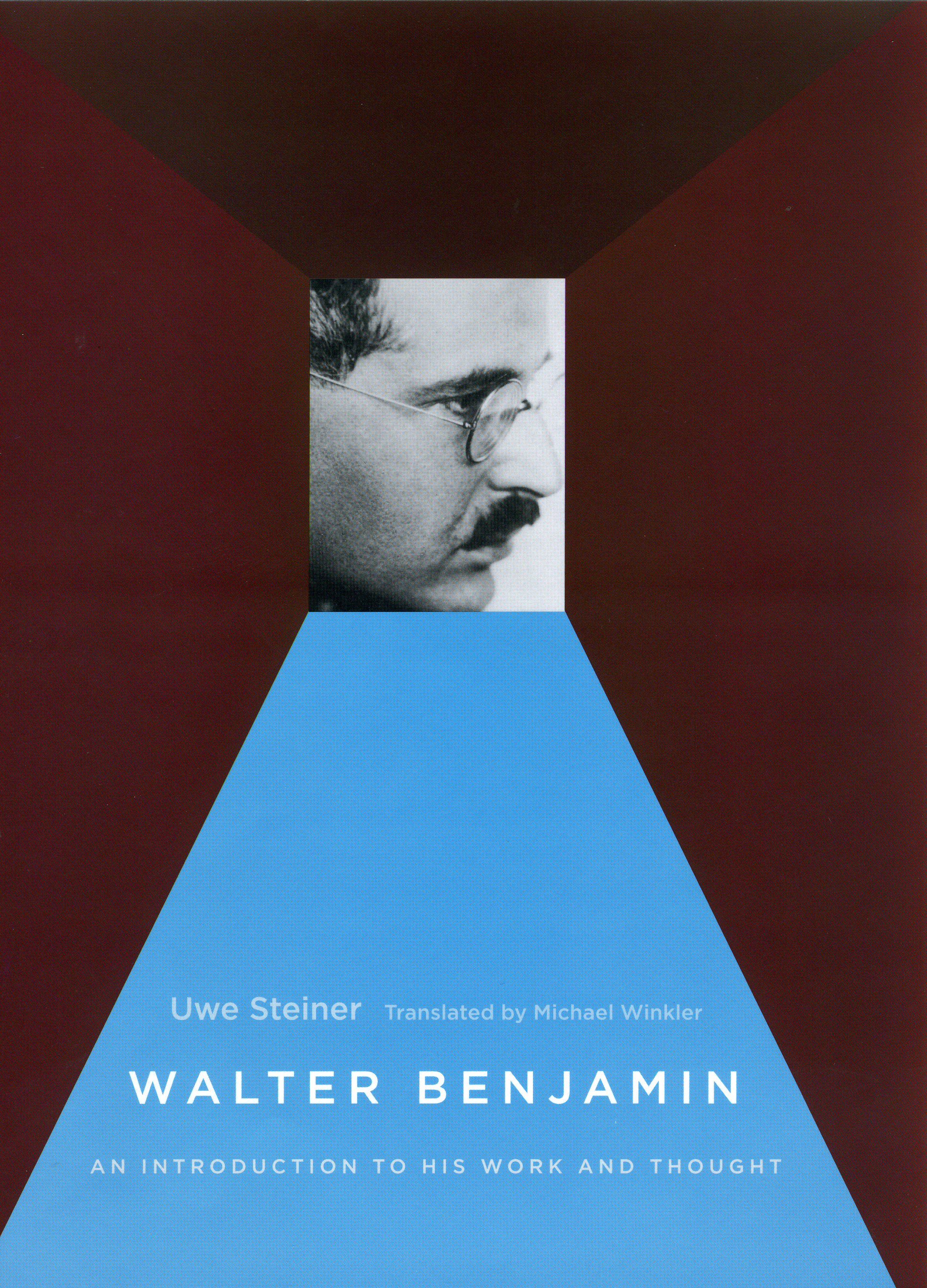
foreign aid." "Michael Taussig has produced a chronicle of chaos and disorder as it afflicts one small town in Colombia's Cauca Valley. "Colombia is a modern state falling to pieces, wracked by more than half a century of bloody civil war, political conflict, and violence associated with the drug trade, in spite of a multi-billion-dollar influx of American support that makes the country the third-largest recipient of U.S. " "Riveting in its personal and political details, the true subject of Law in a Lawless Land is violence itself and the lives it corrupts and destroys. Vigorous and unorthodox, Taussig's understanding of mimesis in different cultures deepens our meanings of ethnography, racism and society. Utilizing anthropological theory, Taussig blends Latin American ethnography and colonial history with the insights of Walter Benjamin, Adorno and Horkheimer. He moves easily from the nineteenth-century invention of mimetically capacious machines, such as the camera, backwards to the fable of colonial "first-contact" and alleged mimetic prowess of "primitives," and then forward to contemporary time, when the idea of alterity is increasingly unstable. Why is it important to understand that traditions are inventions and that social life is a construction when they grip us with all the force of the "natural"? And how is it that we understand reality as both real and really made up? In Mimesis and Alterity Taussig undertakes an eccentric history of the mimetic faculty. That history, Taussig writes, is deeply tied to "Euroamerican colonialism, the felt relation of the civilizing process to savagery, to aping, sensateness caught in the net of passionful images spun for several centuries by the colonial trade with wildness." For anthropologists, social scientists, cultural critics, artists and everyone else caught up in the enigma of the postmodern, framing the question "What is Reality" is crucial to gaining an understanding of what it is we know and who we are. Arguing that mimesis is the nature that culture uses to create second nature, he maintains that mimesis - variously experienced in different societies - is not only a faculty but also a history. In his most accomplished work to date, Michael Taussig explores these complex and often interwoven concepts. Alterity: the idea of difference, the opposition of Self and Other. Vigorous and unorthodox, this cross-cultural discussion continues to deepen our understanding of the relationship between ethnography, racism and society.Īnd how is it that we understand reality as both real and really made up? In Mimesis and Alterity Taussig undertakes an eccentric history of the mimetic faculty. Drawing on the ideas of Benjamin, Adorno and Horckheimer and ethnographic accounts of the Cuna, Taussig demonstrates how the history of mimesis is deeply tied to colonialism and the idea of alterity has become increasingly unstable. Twenty years after the original publication, Taussig revisits the work in a new preface which contextualises the impact of Mimesis and Alterity. The book moves from the nineteenth-century invention of mimetically capacious machines, such as the camera, to the fable of colonial ‘first contact’ and the alleged mimetic power of ‘primitives’.

In this ambitious and accomplished work, Taussig explores the complex and interwoven concepts of mimesis, the practice of imitation, and alterity, the opposition of Self and Other.




 0 kommentar(er)
0 kommentar(er)
